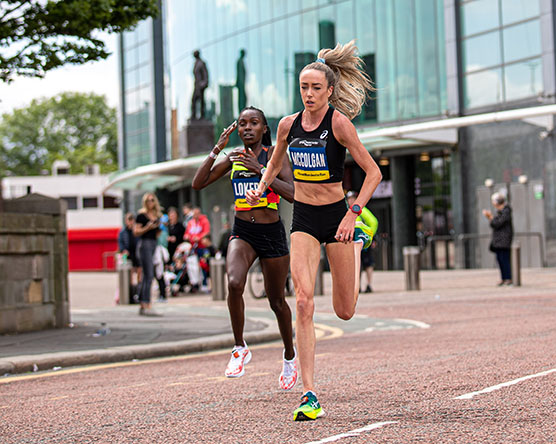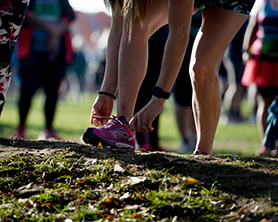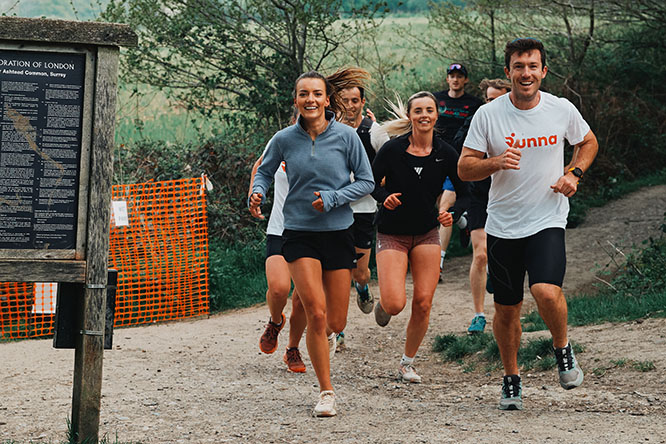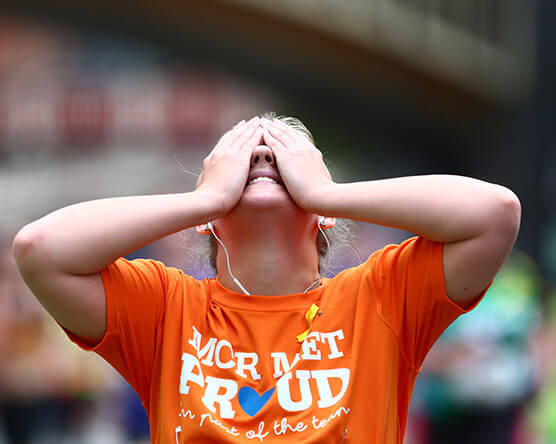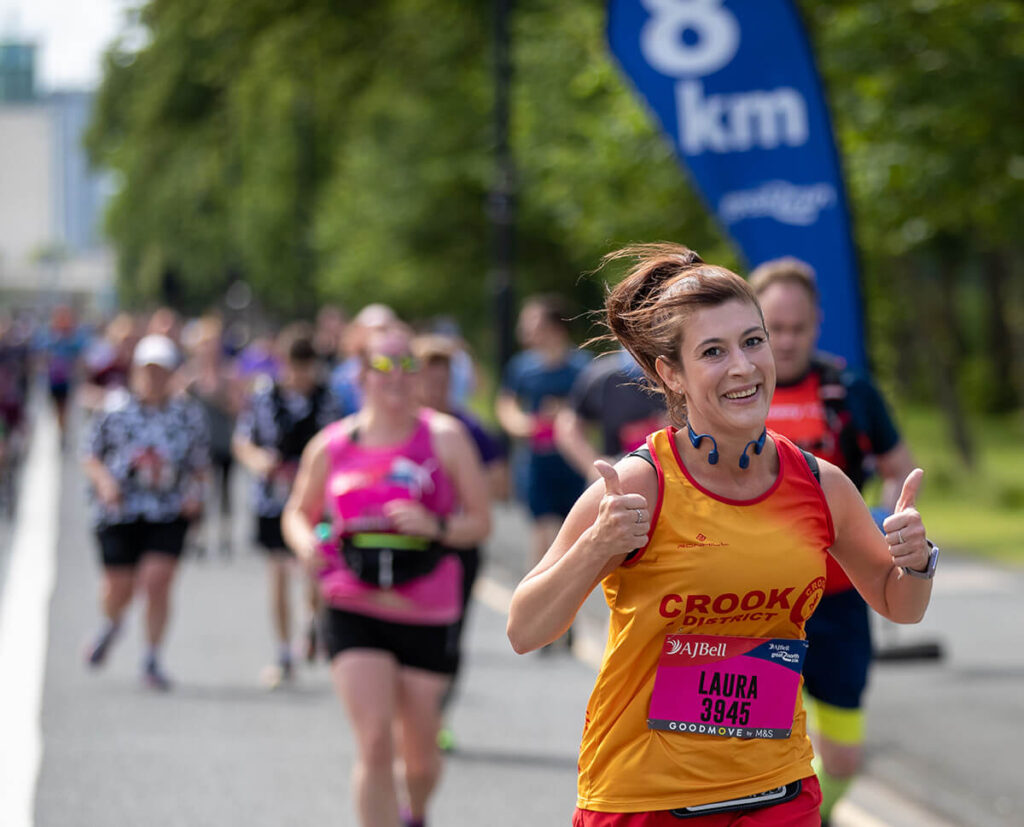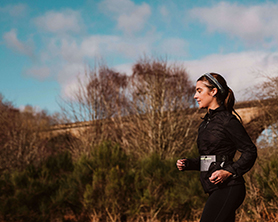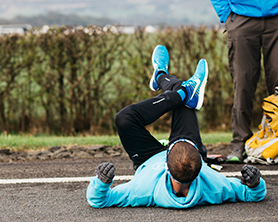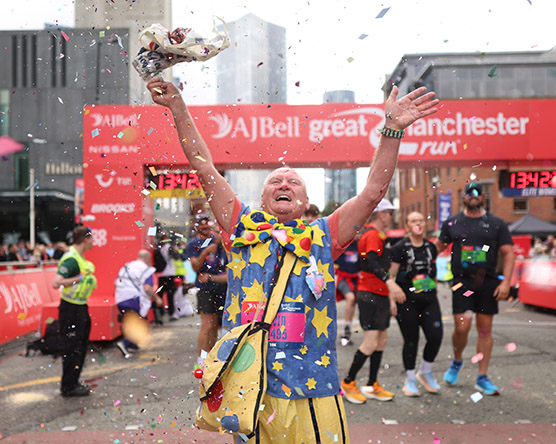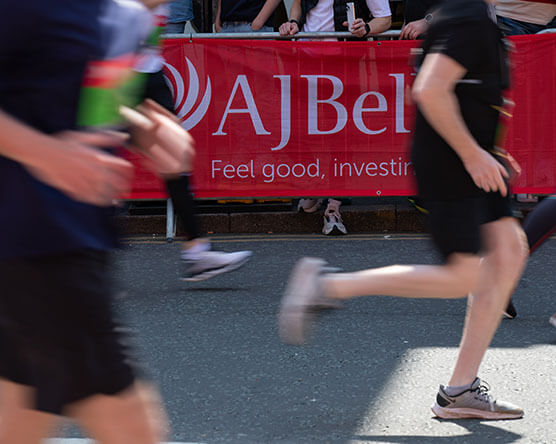Just starting your journey as a runner? Runner’s World running tips for beginners will help you to set off on the right foot!
If you start running sensibly and consistently, you’ll soon find yourself getting fit, setting goals and having fun, no matter what your motivation to move. So, ready to begin your life as a runner? Read on for some of their top running tips for beginners.
Follow a training plan
To help you stay motivated, accountable and injury-free, it’s a good idea to follow a beginner’s training plan. No matter what your current fitness level or running goal – whether that’s to make the move from walking to running, or to run your first 5K or 10K without stopping – you’ll find a plan that suits your personal needs. All good plans (Incuding our Great Run Training Plans) offer several weeks worth of workouts – including easy runs, rest days, speedier efforts as you build your fitness and, often, suggestions for weekly strength and conditioning sessions – which help you to develop your running in a safe, steady and enjoyable manner. You’ll also be pleasantly surprised at how easily you can slot running into your daily life and how quickly running can become a habit.
Find safe, traffic-free routes
So, you’ve sourced your training plan and now have a good idea as to when and how far to run. But where do you go? Before you lace up, plan some local running routes that you can follow in various weather conditions at different times of the year – and which feel safe for you and are traffic-free wherever possible. If you do need to run on the road because you are in an area with no footpaths, make sure you run against the traffic, unless you’re approaching a blind bend, in which case you should swap sides until it’s safe to cross back.
If you’d prefer to start running indoors on a treadmill – either at home or at the gym – make sure you position yourself in the middle of the belt and go at a pace where you can run comfortably and normally. Gripping the handrails or running too close to the front of the belt can affect your stride, arm swing and posture, all of which could lead to injury.
Get a gait analysis
Running is a simple sport, but you’ll still need a few bits of kit to get you on your way. Most importantly, you’ll need to get your hands on (or feet inside) a reliable pair of running shoes. While a standard pair of trainers will be fine for your first few runs, for longer term success you’ll do yourself a huge favour by investing in specialist running shoes that offer more cushioning and support, as they’ll make running feel more comfortable while reducing your risk of injury.
Before you lace up, it’s worth visiting a specialist running shop first for a gait analysis, which involves completing a very short run on a treadmill at a pace that is comfortable for you. In-store experts will then assess how and where you land on your feet when you run, as well as any misalignments within the ankles or knees, which will help them determine the type of running shoe that you should go for.
Control your pace
How can you tell if you’re running at the right pace? Well, if you have so much spare lung capacity that you could sing while you run, you could probably speed up a little. But, if you find yourself struggling for breath, you’re probably going too fast – and that will likely mean that your runs get cut shorter than what you had planned.
A good rule of thumb is to run at an easy pace where you could hold a conversation along the way, even if it’s just a sentence at a time. Your easy pace and perceived effort is specific to you, so don’t be influenced by what other runners are doing – especially as you find your feet in the running world.
Walk if you need to
Walk breaks are a good idea for many new runners – and for many experienced runners, too! They help to stave off muscle fatigue and delay depletion of your body’s glycogen stores – which is your prime source of energy during exercise – which allows you to run for a longer total time than if you had run continuously. That said, you don’t have to take walk breaks during every run if you don’t feel that you need them. You’ll probably find you naturally reduce them as your running improves, but there is absolutely nothing wrong with returning to them if you need to.
Don’t worry about distance
The last thing you should worry about when you are just starting out is how many miles you might cover. Instead, focus on building your fitness and making running and exercise a habit – and appreciating the multiple health benefits that it brings. So, to start with, just get out there regularly. When you’re a little more experienced and confident with your running, you might want to consider downloading a running app or investing in a GPS running watch to record your distances.
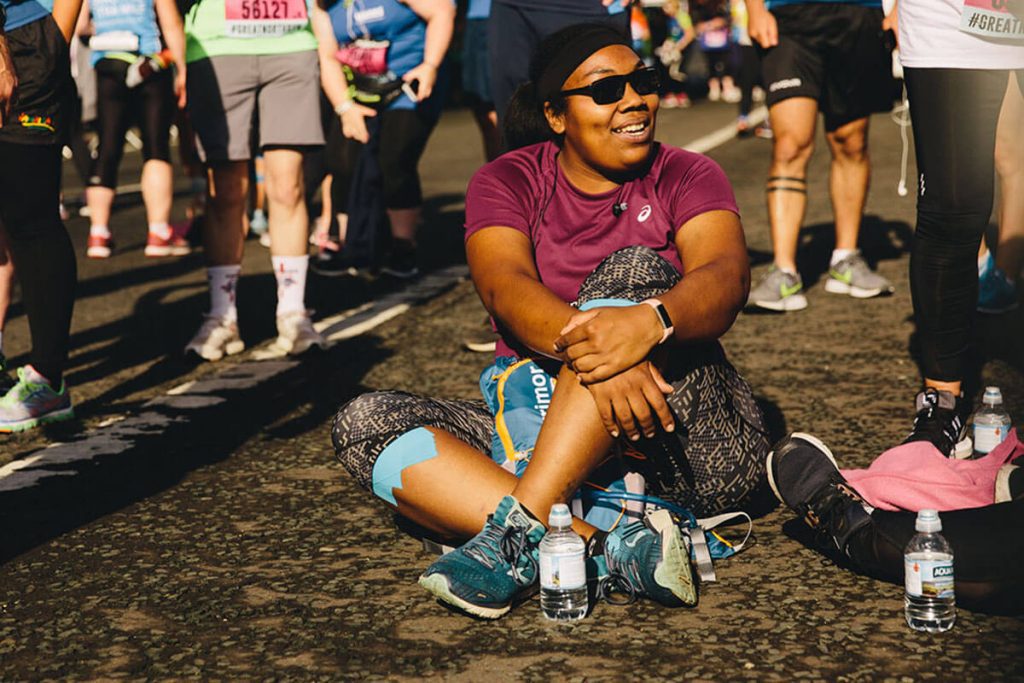
Take days off in between runs
Running is a demanding form of exercise on a body that isn’t used to it – and, when you’re starting out, it’s important to give your muscles and tendons plenty of time to recover and rebuild. While it will take some time for your body to adapt to the new demands of running, stay patient and keep going because these adaptations will happen. To start with – depending on your level of fitness, time availability and enjoyment – aim to run three days a week. If you really feel that your body is coping well, then you could run up to five days a week if you wish.
Don’t be deterred if you miss a day
If you miss a day on your training plan, simply pick up where you left off and don’t feel bad about it. Even if you’ve missed several consecutive training runs, you probably haven’t lost much fitness – if any. The most important thing is to not let a temporary setback derail you, so get back on track with a run as soon as you can. Think of running as a long-term project and put the missed run, or runs, in the context of the hundreds that you’ll do over the coming years. There’s plenty of time.
Remember that feeing a bit sore is normal
If you have aches in your legs that ease as you gently move around, then you’ve probably got delayed onset muscle soreness (DOMS). This is completely normal and simply the result of your muscles adapting to the new demands that you’re putting on them. The aches associated with DOMs are generally spread fairly evenly, so if you have pain on only one side, or in one specific area like the knee, and it hurts more when you move, it could be an early sign of an injury. If this is the case, you should certainly rest it and ideally visit a physio.
To keep your fitness up if you can’t run, you might still be able to cross train with some swimming, cycling or sessions on the elliptical, for instance.
Warm up and cool down properly
Whether you’re doing an easy few miles or a speed session, it’s important to prepare your body for running with some dynamic stretches and pre-run drills. These will help to raise your heart rate, increase blood flow to your muscles and reduce your risk of injury. Likewise, make a habit of cooling down post-run with some static stretches, which will improve your recovery and assist in lowering your heart rate to its normal level.
We’re partnering with Runner’s World in 2025 to bring you monthly content from their team of running experts. You can find more running tips and advice for beginners here on their website.



